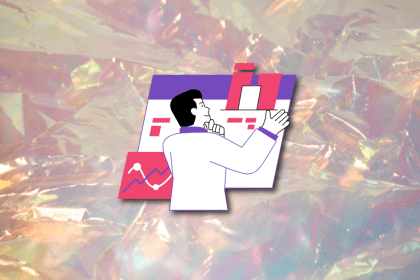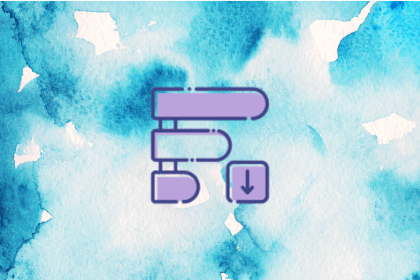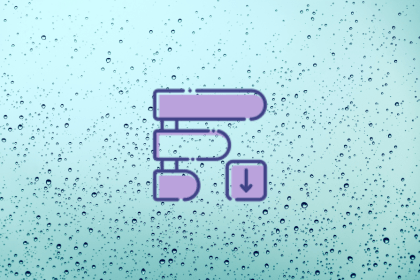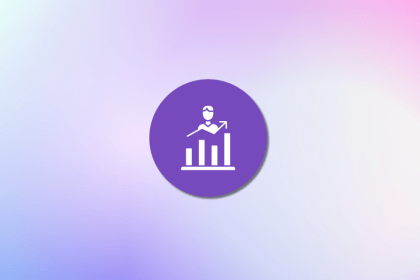
Product teams have a million things to do — but what comes first? A prioritization matrix makes it easy to decide. Here’s how to use it.

This article discusses where a responsibility assignment matrix, aka a RACI chart, can be helpful in product management.

Unlike generic prioritization methods, customer-valued approaches place user and/or client impact at the heart of decision-making.

Sunsetting a product and product decommissioning are complex processes that require strategic planning and effective communication.

A Pareto chart combines a bar chart with a line chart to visually represent the Pareto Principle (80/20 rule).

Without a clear prioritization strategy, your team will struggle to tackle competing demands and can end up confused and misaligned.

You can implement prioritization methods within your product roadmaps to help streamline and simplify the process.

In this guide, we’ll cover local and global maxima, two mathematical concepts that can help you better understand your product.

A proactive approach to technical debt leads to faster recovery, better performance, and a healthier product. With the right strategies, you can manage it without sacrificing innovation.

Prioritizing can be time-consuming. This not only fosters stress and anxiety, but brings productivity and morale to a standstill.

Combat marketing myopia by observing market trends and by allocating sufficient resources to research, development, and marketing.

The Pugh Selection Matrix is used to select the best solution out of multiple options and is useful for decisions involving several factors.